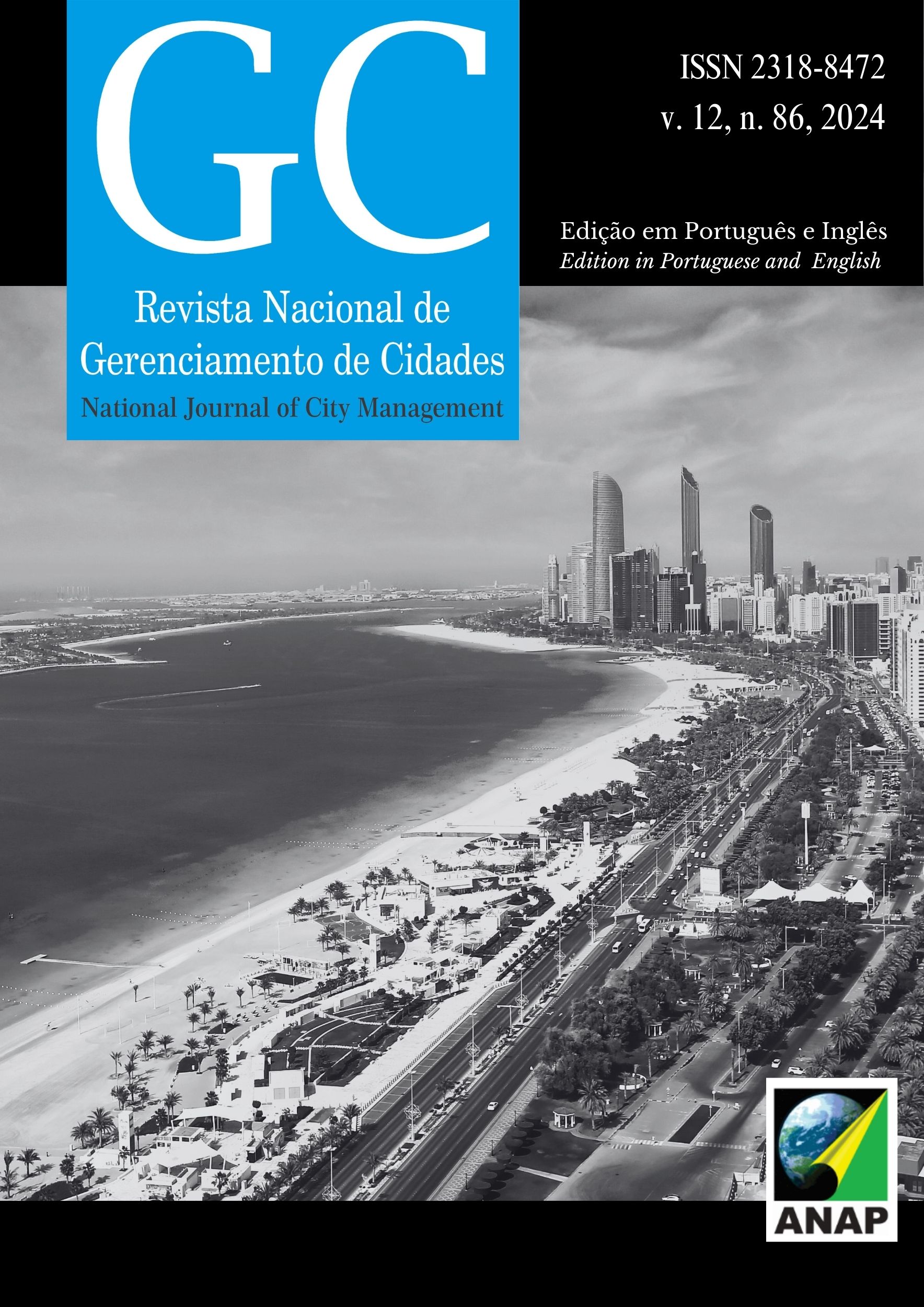Potential for contamination of groundwater by necrochorume in Bragança – Pará
DOI:
https://doi.org/10.17271/23188472128620245323Keywords:
Cemetery, Heavy metals, SanitationAbstract
The objective of this research was to evaluate the potential for groundwater contamination by cemetery activity in Bragança, Pará, through geospatial analysis of the areas directly affected by the necropolises: Santa Rosa de Lima and Campo da Saudade. To prepare the geomorphological, pedological, relief, and altitude characterization of Bragança, we used free images from high-resolution satellites – Planet, Dove sensor and Alos Palsar, Alos sensor, which were processed in the ArcGis 10.5 software. Later, an on-site visit and photographic recording of the cemeteries were also conducted to check for non-compliance with current burial legislation. As the main results, it can be deduced that the current situation of the analyzed cemeteries is worrying, as they are in soils whose ability to retain trace elements (heavy metals) and humorous liquids is low, on minimum slopes and at inappropriate distances between graves and aquifers underground. Furthermore, it was observed that Bragantino cemeteries disagree with cemetery legislation, but there is an understanding that there are techniques and technologies for adaptation. It is believed that involving the population and pluralizing environmental and sanitation issues can support negotiations on how and when they will manage their burial activities to guarantee the perpetuity of the maximum quality of Bragança's water and soil resources.
Downloads
Downloads
Published
Issue
Section
License
Copyright (c) 2024 National Journal of City Management

This work is licensed under a Creative Commons Attribution 4.0 International License.














